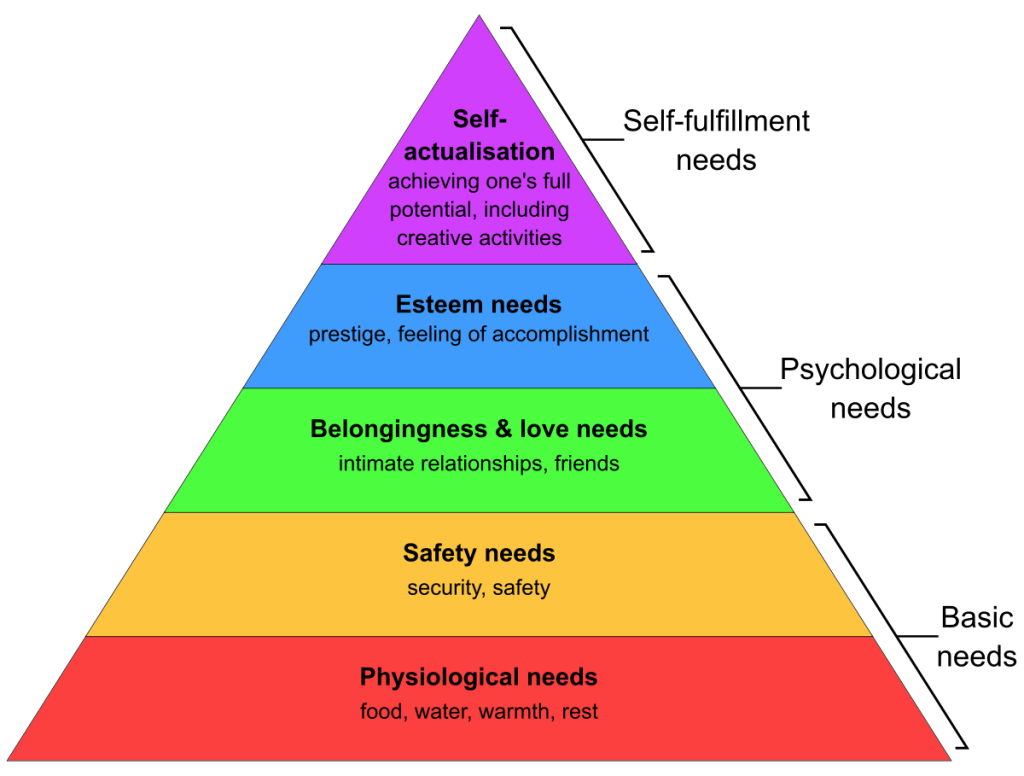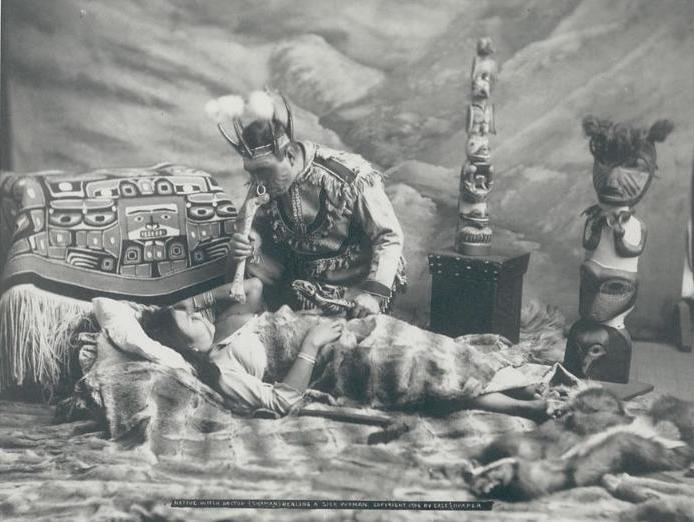Indian society has a rich cultural heritage deeply rooted in its spiritual and ethical values. Among the fundamental aspects that shape the character and conduct of individuals within this society is the “Purushartha”. These serve as guiding principles that direct individuals towards a meaningful and purposeful existence. “Purusharthas: The Pillars of Moral Pursuit in Indian Society” guide individuals in their quest for a meaningful and righteous life.
The term “purushartha” originates from two Sanskrit roots – “Purusha”, denoting “human being”, and “artha”, signifying “purpose” or “objective”. Therefore, purushartha can be understood as the “object of human pursuit” or the “purpose of human beings”.
Purusharthas, often referred to as the four aims of life, namely Dharma, Artha, Kama and Moksha (Liberation or Salvation).
Dharma: The Path of Righteousness
Dharma, the first and foremost Purushartha, refers to the pursuit of righteousness and moral duties. It signifies living in harmony with one’s social, cultural and ethical responsibilities. Dharma guides individuals to act morally and justly, adhering to the principles of truth, compassion and selflessness. Dharma is the foundation that allows us to attain the rightful contentment of our desires.
In his “History of the Dharmashastra”, V. P. Kane defines dharma as follows:
- The rights and duties of individuals as human beings.
- The responsibilities and privileges of an individual within the Aryan community.
- The specific duties, rights and functions of an individual as a member of a social group or caste (Varna dharma).
- The rights and obligations of every individual during various life stages, such as being a student or a householder (ashrama-dharma).
Artha: The Pursuit of Prosperity
The second Purushartha, Artha, revolves around the pursuit of material wealth, success and prosperity. It emphasizes the importance of financial stability, providing for one’s family and contributing to the welfare of society. Artha represents the righteous and honest pursuit of economic activities and it’s essential to avoid getting overly attached to material possessions. However, it is vital to strike a balance between the pursuit of wealth and maintaining ethical standards.

Kama: The Fulfillment of Desires
Kama, the pursuit of desires and pleasures, constitutes the third Purushartha. It recognizes the importance of experiencing sensory pleasures, emotional bonds and intimate relationships. However, Kama also stresses moderation, ensuring that desires do not overpower one’s sense of responsibility and morality.
By incorporating kama as one of the essential elements of Purushartha, it signifies its acknowledgement, which is why love has been cherished and revered in Indian life over the centuries.
Moksha: The Liberation of the Soul
The ultimate and most profound Purushartha, Moksha, involves the pursuit of spiritual liberation and self-realization. It transcends the material world, urging individuals to detach themselves from earthly attachments and strive for enlightenment.
Moksha is the ultimate freedom, release from the continuous cycle of birth and death. It also signifies the merging of the self into eternal bliss. It is a state of mind and does not entail the complete rejection of worldly existence. However, attaining Moksha is not accessible to everyone; only a true Sanyasi could achieve it.

The Interplay of Purusharthas
The four Purusharthas coexist in a delicate balance, shaping an individual’s journey throughout life. Each Purushartha influences the others and harmonizing these pursuits is essential to lead a holistic and purpose-driven existence. Dharma holds central importance among the four Purusharthas (also known as Purushartha chatushtham) and influences all human activities. Dharma guides the pursuit of Artha and Kama, ensuring they are pursued ethically, while Moksha provides a broader perspective on the transient nature of material pursuits.
Purusharthas, derived from ancient Indian scriptures, encompass four primary pursuits that humans must engage in to lead a fulfilling life. These pursuits are not mutually exclusive; instead, they complement and support each other, creating a balanced and harmonious approach to life. Therefore, we observe that the purushartha are essential value themes and life objectives arranged in a hierarchical order, meant to be pursued by all individuals and social groups.
Purusharthas and Modern Indian Society
In today’s rapidly evolving Indian society, the significance of Purusharthas remains as crucial as ever. Amidst modernization and globalization, these timeless principles serve as anchors, reminding individuals of their cultural heritage and ethical responsibilities. Striving for prosperity and fulfilling desires are acceptable aspirations, but they must align with principles of righteousness and spiritual growth.
In the modern world, despite having access to various sources of comfort and material possessions, many people carry a heavy burden of frustration and anger. This prevailing discontentment calls for a deeper understanding of life’s purpose, as human existence without a sense of meaning can seem empty and devoid of direction. Materialism, individualism and the pursuit of instant gratification often overshadow the pursuit of Dharma and Moksha. Striking a balance between tradition and modernity becomes essential to preserve the essence of Purusharthas in Indian society.
However, there is hope in the ancient wisdom of purushartha. By revitalizing and embracing these timeless principles in a modern context, individuals can rediscover the path to inner peace and fulfilment. The essence of ‘dharma’ can remind us of the importance of humility, compassion and living with a sense of purpose beyond material pursuits. Reinterpreting ‘artha’ with a focus on collective well-being and societal harmony can foster a balanced approach to wealth and success.
Similarly, ‘Kama’ can be understood as a celebration of life’s joys and connections with others, rather than mere indulgence in fleeting pleasures. Lastly, ‘Moksha’ can lead individuals to transcend the shallow preoccupations of the material world and attain a state of genuine contentment and inner liberation.
Conclusion
Purusharthas, the four aims of life in Indian society, provide a comprehensive framework for human existence. Embracing Dharma, Artha, Kama and Moksha enables individuals to lead a life of meaning, balance and fulfilment. As Indian society navigates the complexities of the modern world, the wisdom of these age-old principles continues to guide and shape its people, fostering a harmonious coexistence of tradition and progress.
Available for discussion, don’t hesitate to reach out to us.
Read more
Impact of Puruṣārthas in modern life: An observation
Leading a balanced life through pursuit of Purushartha








1 Comment
My Homepage
2 months ago… [Trackback]
[…] Find More Informations here: anthromania.com/2023/08/09/purusharthas-the-pillars-of-moral-pursuit-in-indian-society/ […]